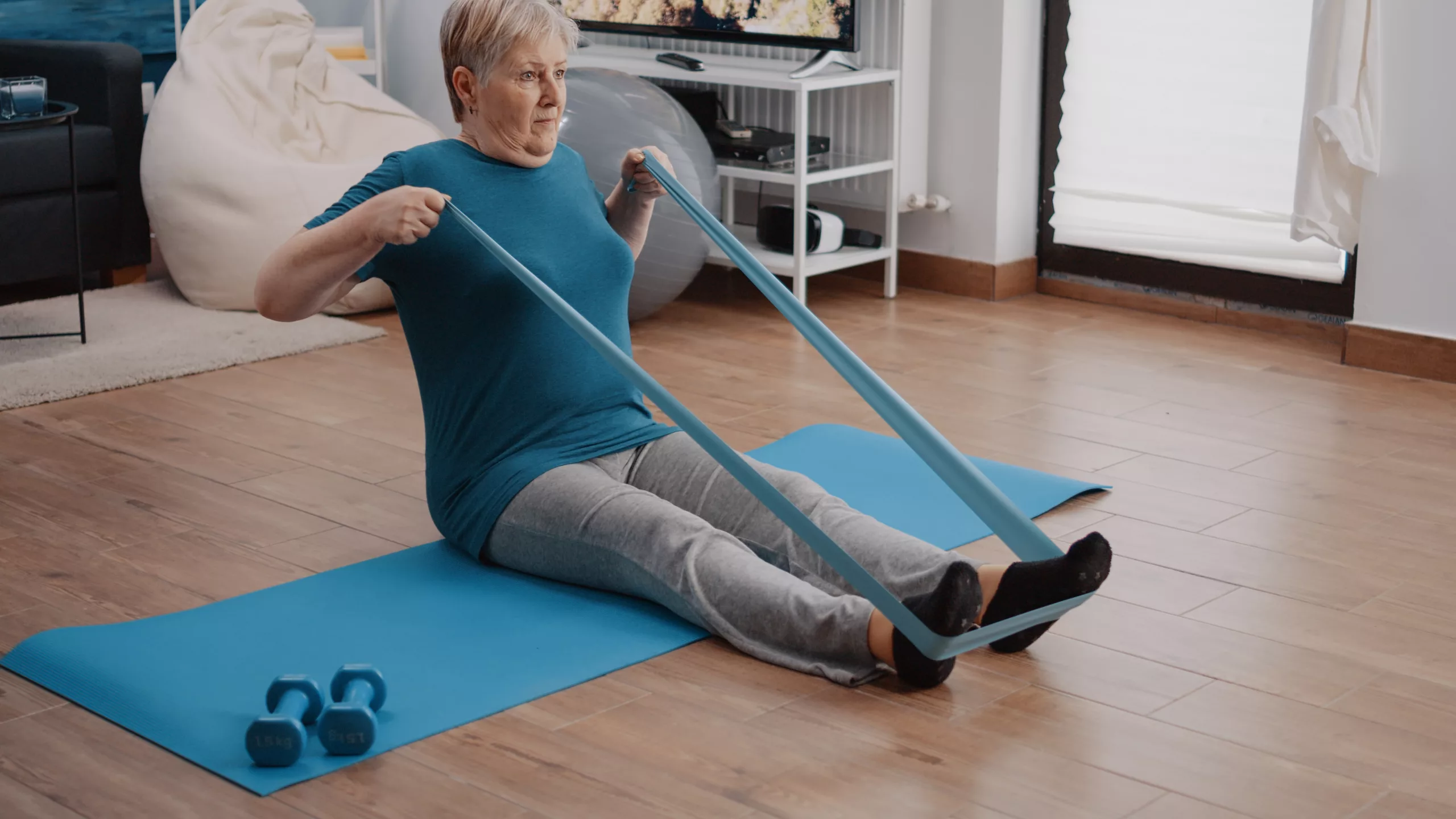
How Does Exercise Help With Osteoarthritis (OA)?
Living with osteoarthritis (OA) can be challenging, as the presence of pain due to OA symptoms often leads to changes in muscle activity and the way we move. However, there is a powerful tool that can help you manage these symptoms and improve your quality of life: exercise. In fact, supervised exercise therapy has been proven to be at least as effective as pain medication in addressing the challenges posed by OA. Engaging in regular physical activity has been shown to have numerous benefits for individuals with OA.
In this blog post, we will explore the three key advantages of exercise in managing OA: strengthening muscles, improving sensorimotor control, and providing an analgesic effect. By understanding the transformative power of exercise, you can regain control over your OA symptoms and enjoy a more active and pain-free life.
Strengthening Muscles
One of the most significant benefits of exercise for individuals with OA is its ability to strengthen muscles surrounding the affected joints. When muscles are strong, they provide better support to the joints, reducing the stress placed on them. Engaging in exercises that target the muscles around the affected joints, such as low-impact strength training or resistance exercises, can be particularly beneficial.
Enhancing Sensorimotor Control
Sensorimotor control means controlling movement with coordinated muscle activity. Exercise plays a vital role in enhancing sensorimotor control by improving balance, proprioception, and coordination. These improvements can help you move more efficiently, reduce the risk of falls, and enhance your ability to perform daily activities with greater ease.
The Analgesic Effect of Exercise
Exercise has an incredible analgesic effect, meaning it can help alleviate pain associated with OA. By engaging in physical activity, your body releases endorphins, which are natural pain-relieving chemicals. Additionally, exercise helps reduce joint stiffness by promoting the production of synovial fluid, which lubricates the joints and reduces friction.
Some Questions You Might Have about Exercise and OA are…
What is the best exercise to treat osteoarthritis?
The best exercises for treating osteoarthritis may vary depending on the individual and the affected joints. Generally, low-impact activities like walking, swimming, cycling, and water aerobics are recommended. In the GLA:D program, exercises that strengthen the legs and core, as well as positional and functional movement exercises are used. However, it’s crucial to consult with your physiotherapist or healthcare professional to determine the most suitable exercises for your specific condition.
Can osteoarthritis improve with exercise?
Yes, osteoarthritis can improve with exercise. Regular physical activity can help reduce pain, increase joint flexibility, strengthen muscles, and improve overall function and mobility. Consistency and adherence to a tailored exercise program are key to experiencing the benefits of exercise for managing osteoarthritis.
What exercises can I do at home for osteoarthritis?
There are several exercises you can do at home to manage osteoarthritis. Examples include gentle range-of-motion exercises, stretching, strengthening exercises using resistance bands or light weights, and low-impact aerobic exercises like stationary cycling or walking. It’s always advisable to consult with your healthcare professional or physiotherapist to develop a personalized home exercise program.
Engaging in exercise with proper guidance is not detrimental to the joints; and will lead to overall improvements in health and well-being. Exercise is a powerful tool for managing osteoarthritis. By incorporating regular physical activity into your routine, you can strengthen your muscles, improve sensorimotor control, and find relief from the pain associated with OA. Remember to consult with your physiotherapist or healthcare professional before starting any exercise program, as they can provide personalized recommendations based on your specific needs and abilities.
At Connect Physiotherapy & Exercise, we offer a specialized program called GLA:D, an 8-week group-based program designed to help individuals manage their osteoarthritis symptoms effectively. Our experienced therapists will guide you through targeted exercises, provide education on OA management, and support you in your journey towards a more active and pain-free life. Contact us today at 587-416-3332 to learn more about how GLA:D can benefit you.
Remember, exercise is a key component of OA management, so lace up your shoes, get moving, and reclaim control over your osteoarthritis symptoms.
References
Skou, S. T., Pedersen, B. K., Abbott, J. H., Patterson, B., & Barton, C. (2018). Physical activity and exercise therapy benefit more than just symptoms and impairments in people with hip and knee osteoarthritis. Journal of Orthopaedic & Sports Physical Therapy, 48(6), 439–447.

